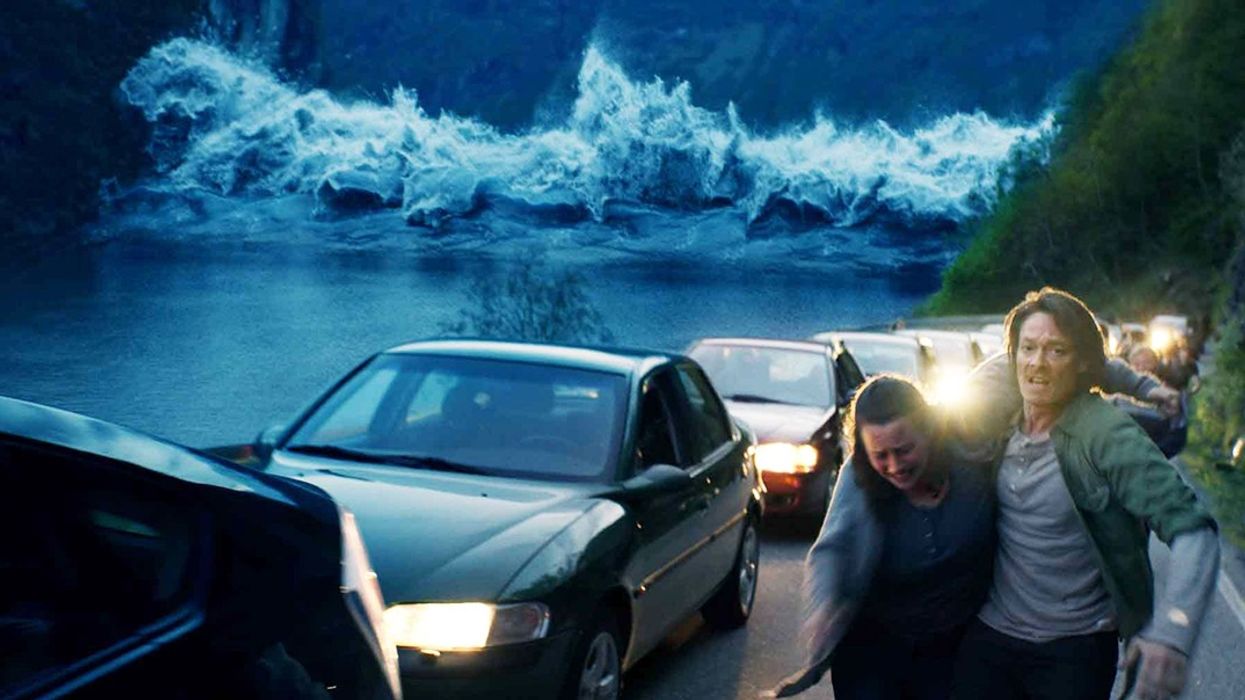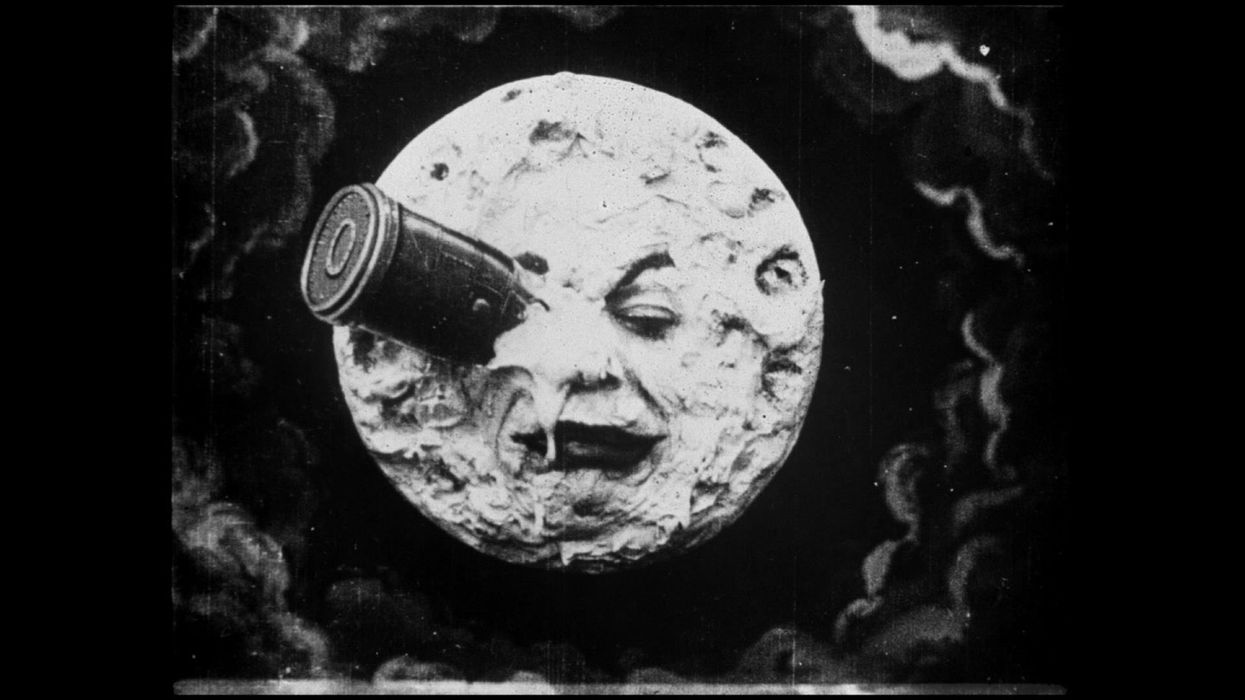What it Takes to Shoot a Blockbuster Disaster Movie Outside Hollywood: Norway's 'The Wave'
Roar Uthaug shot a blockbuster on a $5 million budget — with only 5% CGI. Here's how.

There's nothing implausible about The Wave. It's happened before, and it will happen again. And again. If disaster movies reflect the anxiety of the zeitgeist, the panic and tension in The Wave is real as it gets. Director Roar Uthaug set his film in the picturesque tourist town of Geiranger; 80 years earlier, its residents looked up to find a 2,000-foot wave blasting through the fjord. The tsunami killed 40 people. But it doesn't end there. Sometime between now and a hundred years from now, the nearby mountain Åkerneset will collapse into the fjord, causing — well, The Wave, again.
This undercurrent of authenticity informed every aspect of Uthaug's direction, starting with the decision to cast extras from the town itself. "They're under this threat each day, and I think they took their everyday fears to the set," Uthaug told No Film School. "The knowledge that this will definitely happen again where we were shooting also influenced the actors and the crew."
"I wanted the audience to feel that the wave was really hitting them."
A unique hybrid of Hollywood blockbuster and documentary-style thriller, The Wave captures the harrowing experience of (barely) surviving a tsunami. Much of the film's pulse-pounding thrill is derived from its perspective: Uthaug places audience at the epicenter of the disaster. "I wanted the audience to feel that the wave was really hitting them, that we're in the middle of it, not watching it from afar," he said.

Ultimately, this meant that the actors did all of their own stunts. "We tried to do some underwater stuff with doubles to ease the strain on our actors, but the doubles weren't close to doing what our actors were able to do, so we ended up just using our actors in all of our shots," said Uthaug. "We put them through boot camp before the shoot with a free-diving instructor to work on being underwater for a long time. One of the actors had a record of three minutes holding his breath by the end."
"We wanted to do as much as possible for real. Everywhere we could use real water, we would."
The film is only 5 percent CGI, a ratio almost unheard of in the genre. "We wanted to do as much as possible for real," he said. "Everywhere we could use real water, we would." In one scene, two people are trapped in a car just as the tsunami hits. Uthaug took the windows out of the car, put the actors inside, locked a camera to the hood, and "let loose a giant tank of 7,000 pounds of water on the actors." In other trying scenes, actors are flushed down hallways or trapped underwater.
"It's always a challenge to give each shot authenticity," said Uthaug. "We worked a lot with available light, existing locations, and hand-held cameras, which gave the actors freedom to move around."

The experiences of making a movie and surviving a natural disaster have one thing in common: there's never enough time. To shoot the movie's most impressive scene, in which hundreds of people have ten minutes to run for their lives up a mountainside, Uthaug had to engineer a particularly difficult logistical setup on his first three days of shooting.
"We wanted the wave to come at night, but we [couldn't] light that entire fjord in the background," explained Uthaug. "We didn't want to shoot day for night, either, because we wanted the headlights of the cars to light the scene. If we still wanted to see the fjord in the background, that gave us a window of about three hours to shoot. So we had to rehearse in the afternoon while the sun was still up and put all of the cars in place. Then we had to move everything away because tourist buses were coming through on the road. Then, finally, we were able to lock down the road, and as soon as the light was ready, we just ran with the cameras and tried to capture as much as we could before it got dark. We were running for three days straight."

Uthaug's dexterity and insistence on realism paved the way for a disaster movie coup d'etat. Somehow, the director managed to pull off a budget of just over $5 million. (By comparison, The Day After Tomorrow's budget clocked in at $175 million.) Uthauge attributes some of this achievement to differences between Norwegian and American production standards. "In Norway, we're used to working with very small crews compared to American productions," he said. "On the shoot, we only had 30 or 40 people." He also mentioned Norway's relatively lax union structure. "In Norway, a sound guy would drive his own car, or the wardrobe department would drive a car with their wardrobe in the back seat, so it's more like guerrilla filmmaking."
But for his next project, Uthaug is going to the big leagues. This year, he'll direct MGM and Warner Bros' Tomb Raider reboot. "I've always been a fan of Hollywood movies and wanted to make them," he said. "I'm really excited about this. I've been a fan of Lara Croft since the first game came out. It's going to be a very new kind of Tomb Raider movie."











